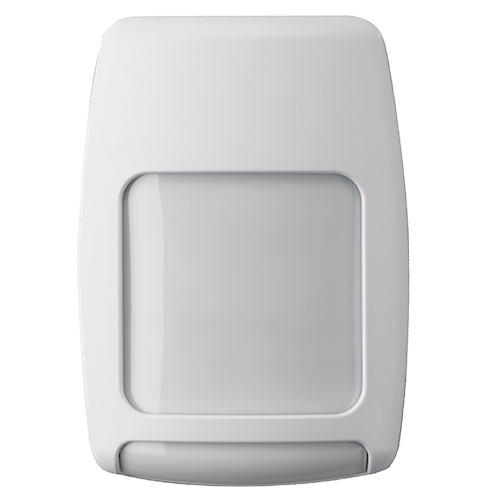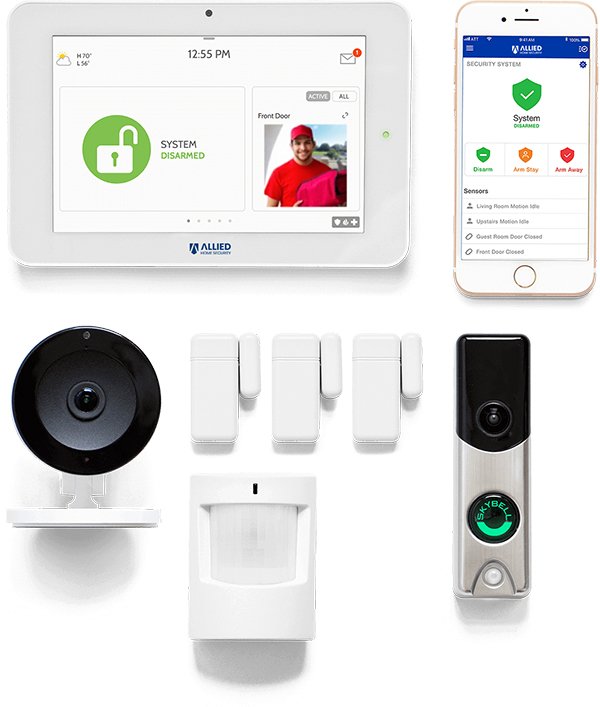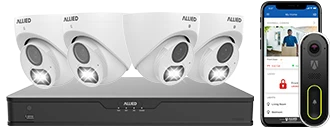How many of us use technology every day and never give it a second thought? We are so used to the floodlights coming on over the garage as we arrive home in the dark, that things such as that are normal everyday occurrences. Sometimes it is good to stop and appreciate the work that has gone into our everyday conveniences. These are things we don’t think about until they break, and suddenly we realize their value. So, today the discussion is about the motion sensors we use in our home security equipment, such as our motion detector lights or cameras. Alarm companies put them in the box for us, but what are they really? What makes them work, and how we can keep them functioning at their best?
What is a PIR Sensor?
PIR stands for Passive Infrared. These sensors are termed “passive” because they do not emit energy while detecting. They are also sometimes called pyroelectric sensors. Instead, they detect the heat that is issued by something passing by. There are sensors inside the motion-detecting device “looking” for this motion, or heat that is different from its environment. Most of these sensors have an adjustment for their sensitivity, so that there are not needless motion alerts from small pets or the like. Uses for the PIR technology are:
- Motion detectors in alarm companies
- Heat tracking devices
- Air fresheners
- Motion-activated toy
- Counting people
What is a Fresnel Lens?
The lens that alarm companies use in their motion-detecting devices is called a Fresnel lens. It originated back in the early 1800s. French engineer Augustin-Jean Fresnel created a compact lens that was thinner and lighter for use in lighthouses. His discovery led to brighter, more condensed, and efficient lights that the lighthouses used. Although the use for these is no longer in demand, his discovery of this type of layered lens lives on. It is used in motion detectors due to its thin lens results in lower absorption loss. Its detection skill can range up to 100 feet. There are many devices today that use this technology to make motion sensors more effective. A few other products that use this type of lens are:
- Motion detectors in alarm companies
- Cameras
- Automobile lights
- TVs
- Traffic lights
- Solar power

How Alarm Companies Put Both to Use
Now we put these two items together, the PIR sensor working with the Fresnel lens. When used in the capacity of a motion sensor, the Fresnel lens concentrates the light, causing the range of the PIR to be larger. Working together to make one motion detector is a lot of science into one simple-looking device. This type of technology is very common for use by alarm companies. A typical Allied home security package is made up of indoor and outdoor cameras, along with indoor motion sensors with this capability.
Now, with the emergence of smart home technology, these motion sensors are becoming even more widely used. Rather than these sensors alerting you to an intruder on site, it detects you walking into the home after the alarm is disarmed. This detection sets off a series of tasks, such as adjust the thermostat, turn on music, preheat the oven, etc. These small sensors have become part of our life now and we continue to use them every day. However, next time your lights or other devices pop on when you walk into the room, think about the awesome science that went into that little device. Give us a call at Allied Home Security to find out how these sensors can complement your home today.











